Client Operating Systems (Workstation Operating Systems) and Network Operating Systems - NOS (Server Operating Systems)
You have to understand two key technical terms to move further, "Client" and "Server".
What is a Client Computer? You can think a client as a computer in your network, where a network user is performing some network activity. For Example: Downloading a file from a File Server, Browsing Intranet/Internet etc. The network user normally uses a client computer to perform his day to day work.
What is a Server Computer? The client computer establishes a connection to a Server computer and accesses the services installed on the Server Computer. A Server computer is not meant for a network user to browse the internet or to do spreadsheet data entry work. A Server computer is installed with appropriate Operating System and related Software to serve the network clients with one or more services, continuously without a break 24/7.
An Operating System (also known as "OS") is the most important set of software programs which are loaded initially into any computer-like device by a bootstrap program. Operating System controls almost all the resources in a computer, including networks, data storage, user & user password database, peripheral devices etc.
Operating System products are very complex software products. Operating System Software products are compiled from millions of lines of source code. Operating system products we have currently are created by the hard work of thousands of engineers for decades, internally in a company (Example: Windows) or by dedicated global volunteer communities (Example: GNU/Linux, BSD Unix).
Network Operating Systems - NOS (Server Operating Systems)
A Network Server computer offers its services to a group of Network Client devices. A Server computer typically has more computing resources like Processors & Processing Power, more Physical Memory (RAM), more Storage Space etc., compared to client computers. The Server computer machine runs on Server Operating System, also called as Network Operating System (NOS), which normally has more features and processing capabilities compared with the client computer's Operating System. The server may be installed with special software, to function as a Server Role. The special software allows a Server Computer to function a particular server role, like a File Server, Web Server, Mail Server, Directory Server etc.
A Network Operating System (NOS) includes much more capabilities than a normal client workstation (or Desktop) Operating System. Most popular Network Operating Systems are listed below.
• Microsoft Windows Server 2012
• Microsoft Windows Server 2016
• Microsoft Windows Server 2019 (Current)
• Unix (Oracle Solaris, IBM AIX, HP UX, FreeBSD, NetBSD, OpenBSD, Xinuos Open Server/SCO Unix etc.)
• GNU/Linux (RedHat Enterprise Linux, Debian Linux, SUSE Linux Enterprise Server, Ubuntu Server, CentOS Server, Fedora Server etc.
Client Operating Systems (Workstation Operating Systems, or Desktop Operating Systems)
Most popular Client Workstation Operating Systems are listed below.
• Windows 95/98/ME Vista (obsolete)
• Windows NT Workstation / Windows 2000 Professional (obsolete)
• Windows XP (obsolete)
• Windows 7 (obsolete)
• Windows 8 / Windows 8.1 (obsolete)
• Windows 10 Desktop (Current)
• Red Hat Enterprise Linux Workstation
• SUSE Linux Enterprise Desktop
Click the below logos to visit the respective Operating System vendor's website. Most of the Operating System vendors have product trial downloads and related documentation. Download trial versions and get familiar with their products. Start learning the installation of different Client and Server Operating Systems by downloading trial versions from below links.
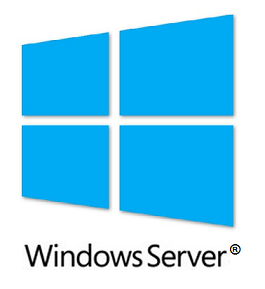 |
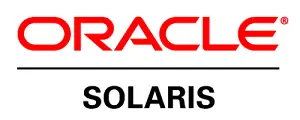 |
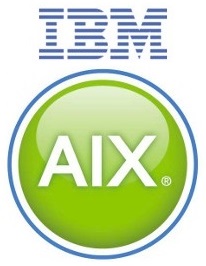 |
 |
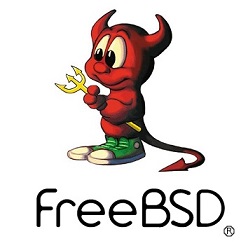 |
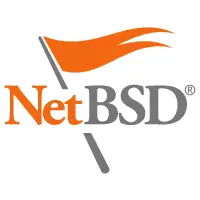 |
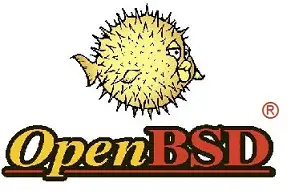 |
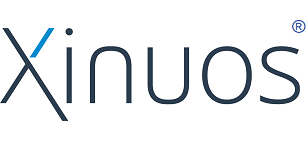 |
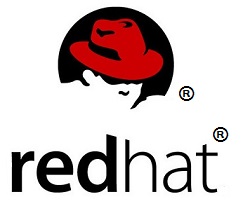 |
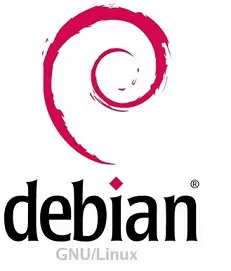 |
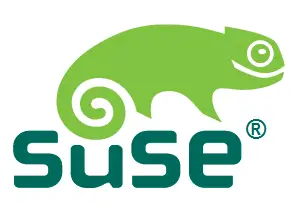 |
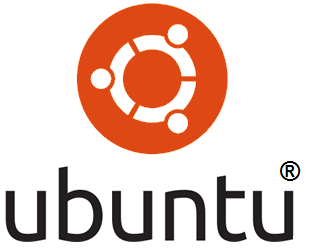 |
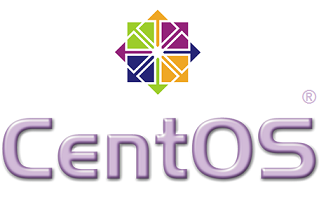 |
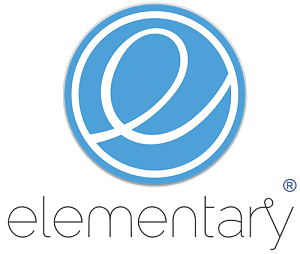 |
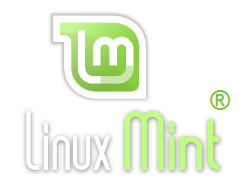 |
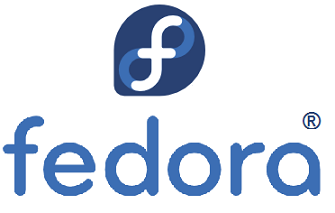 |